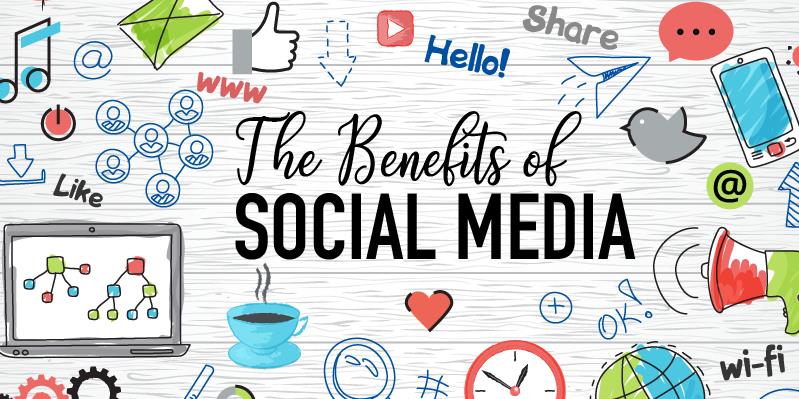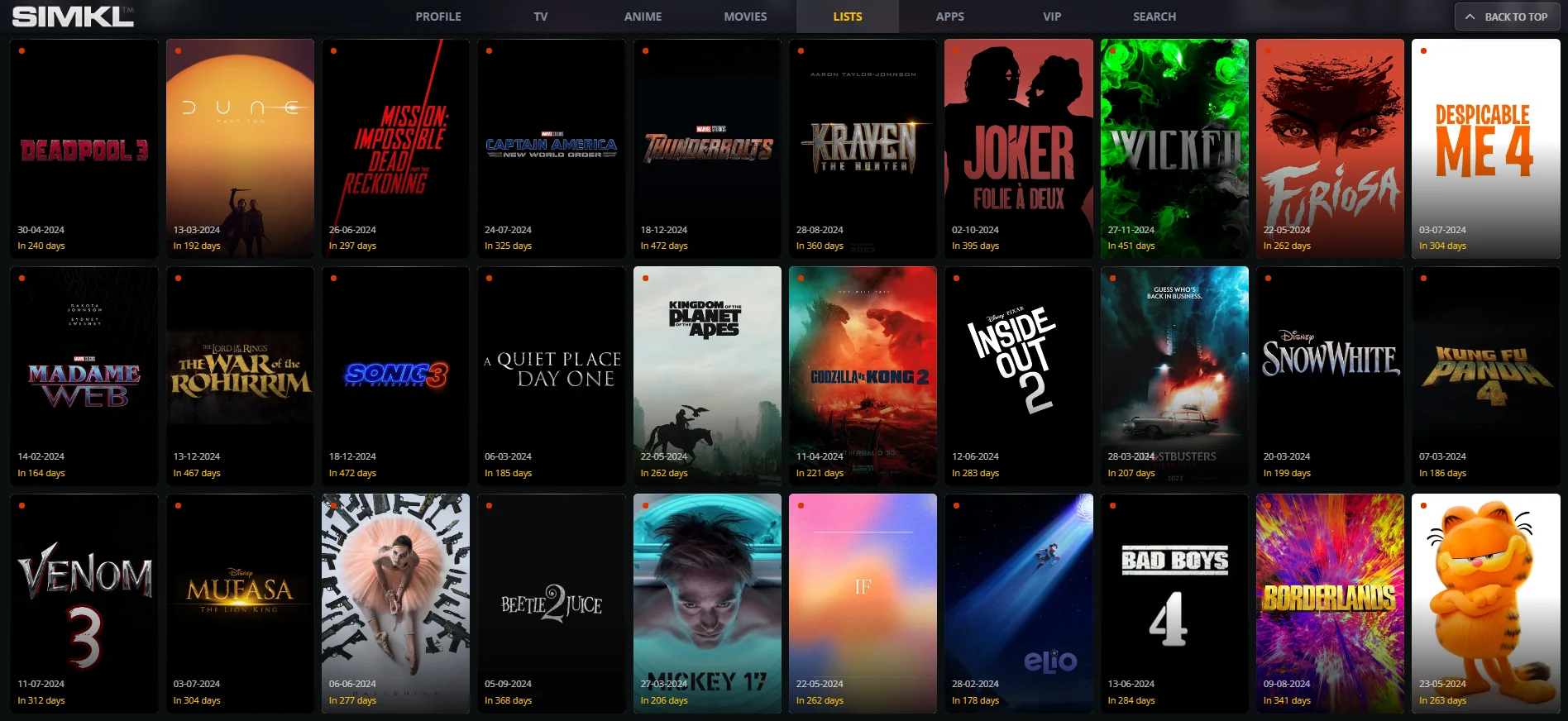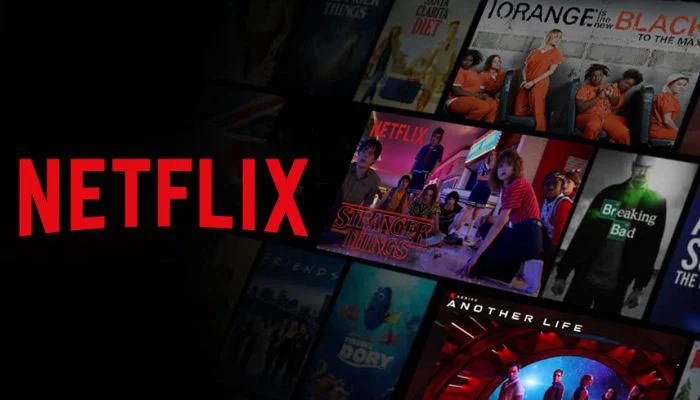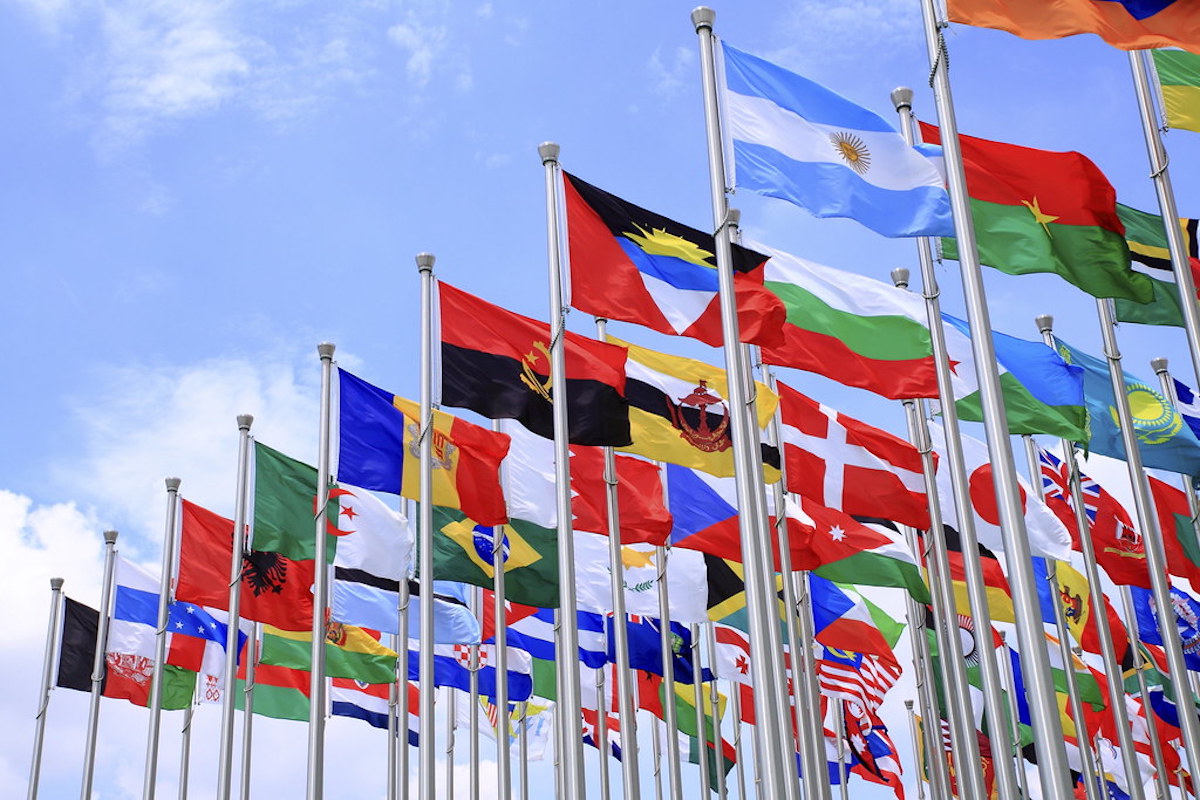How Will AI Link Virtual and Real-World Neighborhoods?
The future of AI in connecting virtual and real-world neighborhoods offers a vision of communities that are more connected, efficient, and sustainable. From smart city planning to enhanced social engagement, AI has the potential to create neighborhoods that are not just physically close but digitally integrated, fostering collaboration, safety, and economic growth.

The rapid development of artificial intelligence (AI) has opened new frontiers in almost every aspect of our lives, from healthcare and education to entertainment and urban planning. One of the most exciting areas where AI is beginning to make a significant impact is in bridging the gap between virtual and real-world environments, particularly in the context of neighborhoods.
As we look ahead, AI is poised to transform how we connect, interact, and collaborate within our communities, both online and offline. In this article, we explore how AI could shape the future of virtual and real-world neighborhoods, enhancing social connections, improving city planning, and creating more interactive and efficient urban spaces.
The Rise of Virtual Neighborhoods
Virtual neighborhoods, powered by online platforms and virtual worlds, are becoming more important in today's connected world. They allow people to connect based on shared interests or professional needs, no matter the distance. DreamGF AI clone services are a great example, offering personalized, AI-driven experiences that help users interact and engage in these digital spaces, creating more dynamic online communities.
Key Features of Virtual Neighborhoods:
-
Online Communities: Platforms like Facebook, Reddit, and Nextdoor are prime examples of how virtual neighborhoods operate, where people interact and engage based on common values, experiences, or goals.
-
Virtual Real Estate: In virtual worlds like Decentraland or the metaverse, users can buy, sell, or rent virtual property, creating digital "neighborhoods" with their own economies and social structures.
-
Social Interaction: These neighborhoods are not just about geographical proximity; they also foster relationships through shared experiences, cultural touchpoints, and hobbies.
However, as virtual communities grow, they often lack the tangible, real-world elements of a physical neighborhood. This gap presents an opportunity for AI to step in and provide solutions that bridge the divide.
How AI Will Connect Virtual and Real-World Neighborhoods
AI's potential to connect virtual and physical neighborhoods lies in its ability to process vast amounts of data, facilitate communication, and automate tasks that improve community engagement and collaboration. From enhancing local government services to creating personalized neighborhood experiences, AI is set to play a pivotal role in the future of these interconnected spaces.
1. Smart Urban Planning and Development
AI can significantly improve urban planning by using data analytics to predict the needs of neighborhoods and develop smarter, more sustainable communities. Through the use of AI-powered simulations and machine learning models, urban planners can design cities that seamlessly integrate both real-world and virtual aspects of daily life.
-
Predictive Analytics for Infrastructure: AI can analyze data from sensors, traffic patterns, and social media activity to predict future needs for roads, transportation, and utilities, ensuring that infrastructure grows with the community.
-
Personalized City Services: AI can help local governments personalize services based on the preferences and needs of residents, creating an experience that feels more like a connected neighborhood rather than a fragmented urban environment.
-
Virtual Twin Technology: AI can be used to create “digital twins” of neighborhoods, allowing city planners and residents to explore real-world locations in virtual environments. This could be used for everything from planning new buildings to assessing environmental impact or testing new traffic solutions.
2. Enhanced Social Connectivity
AI can enhance social connections within both virtual and physical communities by helping people find others with shared interests, skills, or needs. These connections can strengthen the bonds within a neighborhood and create opportunities for collaboration.
-
Neighborhood Chatbots: AI-driven chatbots can assist in local communication, helping neighbors organize events, share news, or even report issues like traffic jams or broken streetlights.
-
Personalized Event Recommendations: Using AI algorithms, platforms can suggest local events that match the interests of community members, whether online (such as webinars or virtual meetups) or offline (like neighborhood block parties or cultural festivals).
-
Inclusive Platforms: AI can help make virtual communities more inclusive by breaking down barriers related to language, accessibility, and digital literacy. Natural language processing (NLP) technologies can facilitate real-time translation, enabling people from diverse backgrounds to engage with one another more easily.
3. Improved Safety and Security
The integration of AI in both real-world and virtual neighborhoods can help improve safety through enhanced surveillance, predictive policing, and automated monitoring systems.
-
Predictive Policing: By analyzing patterns of criminal activity and community behavior, AI can help law enforcement agencies anticipate potential risks and deploy resources more efficiently to prevent crime in both virtual and physical spaces.
-
AI-Powered Neighborhood Watch: AI-driven surveillance tools can detect unusual behavior in real-time, alerting local authorities or neighborhood watch groups when something out of the ordinary occurs, enhancing the overall safety of the community.
-
Cybersecurity in Virtual Neighborhoods: In the digital realm, AI can improve cybersecurity by detecting fraud, hacking attempts, or identity theft within online communities, safeguarding users from malicious actors.
4. Economic Opportunities and Local Business Growth
AI can help support local economies by improving the efficiency of neighborhood commerce and facilitating connections between local businesses and customers, both in virtual and physical realms.
-
Local Business Promotion: Through AI-driven platforms, businesses in a neighborhood can target relevant customers based on their online behavior, location, and preferences, resulting in more personalized advertising and stronger community engagement.
-
Virtual Marketplaces: AI can help create online marketplaces that connect local artisans, service providers, and small business owners with residents of their neighborhoods, enabling hyper-local trade without physical barriers.
-
Job Matching: AI algorithms can help match job seekers with local employers, providing job recommendations based on skills, experience, and the needs of both parties. This is particularly valuable in communities where employment opportunities may be scarce.
5. Sustainability and Environmental Management
AI can play a crucial role in managing resources more efficiently, improving sustainability, and creating greener, more energy-efficient neighborhoods, which are essential for the future of urban life.
-
Smart Waste Management: AI-powered systems can optimize waste collection schedules, monitor recycling rates, and reduce energy consumption by managing the disposal of materials more efficiently. In virtual neighborhoods, AI can help ensure that local businesses are environmentally responsible by tracking their carbon footprints.
-
Energy-Efficient Buildings: AI can be used to design and manage energy-efficient buildings that are part of smart cities, integrating real-time data to reduce power consumption and improve the sustainability of urban spaces.
-
Environmental Monitoring: AI can track air quality, water usage, and other environmental factors within a neighborhood, alerting residents to potential hazards or inefficiencies and providing solutions to mitigate these problems.
Challenges and Ethical Considerations
AI integration in virtual and real-world neighborhood platforms offers great potential, but it also raises challenges and ethical concerns. Issues like data privacy, bias, and the digital divide need to be addressed to ensure these platforms are fair, transparent, and inclusive for all communities.
1. Privacy and Data Security
-
As AI systems collect and process large amounts of personal data, concerns about privacy and data security become increasingly important.
-
Balancing the benefits of personalized services with the need to protect individual privacy will require stringent regulations and safeguards.
2. Digital Divide
-
Access to AI-driven tools may be limited for certain communities, particularly in low-income or rural areas.
-
Bridging this digital divide will be critical to ensure that all neighborhoods, whether physical or virtual, benefit equally from these advancements.
3. Bias and Discrimination
-
AI systems are only as good as the data they are trained on.
-
If biased or incomplete data is used, AI can perpetuate inequality and discrimination in neighborhood services, urban planning, and local governance.
-
Addressing these biases will be crucial to ensure fair and inclusive communities.
Conclusion
The future of AI in connecting virtual and real-world neighborhoods offers a vision of communities that are more connected, efficient, and sustainable. From smart city planning to enhanced social engagement, AI has the potential to create neighborhoods that are not just physically close but digitally integrated, fostering collaboration, safety, and economic growth.
However, as we move forward, it will be essential to navigate the challenges associated with privacy, access, and fairness to ensure that these advancements benefit all members of the community.
Ultimately, AI's role in bridging the gap between virtual and real-world neighborhoods represents an exciting opportunity to build more dynamic, inclusive, and responsive communities for the future.
What's Your Reaction?


















